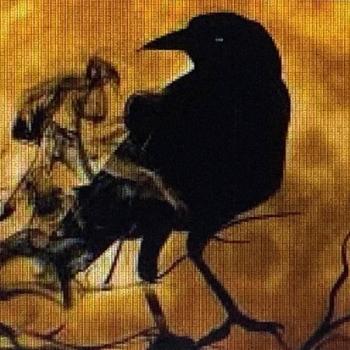
Although I am still thigh-high in the snow in my neck of the woods many of you are already beginning to see the enchanting signs of spring, and with that, the poisons of spring begin to grow…
Many of these toxic beauties are rather common, in fact, most are probably growing in your garden as I speak.
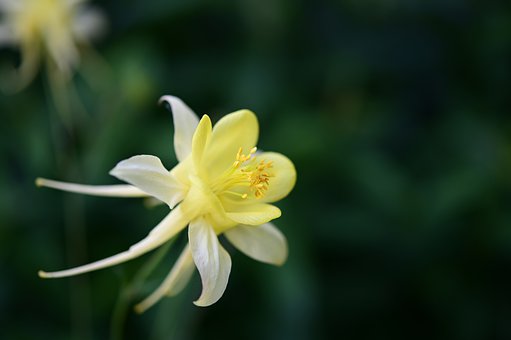
Columbine, also known as Granny’s Bonnet, and Culverwort is such a delicate and almost lacy-looking flower, but returning every year after our wicked winters show different. Columbine’s seeds and roots are highly poisonous and contain cardiogenic toxins which are known to cause severe gastroenteritis and heart palpitations when consumed.
Magickally speaking though Columbine is used in both love and courage spells. Grow this beauty in your garden to attract the fae, or use in charms to increase courage in stressful situations.
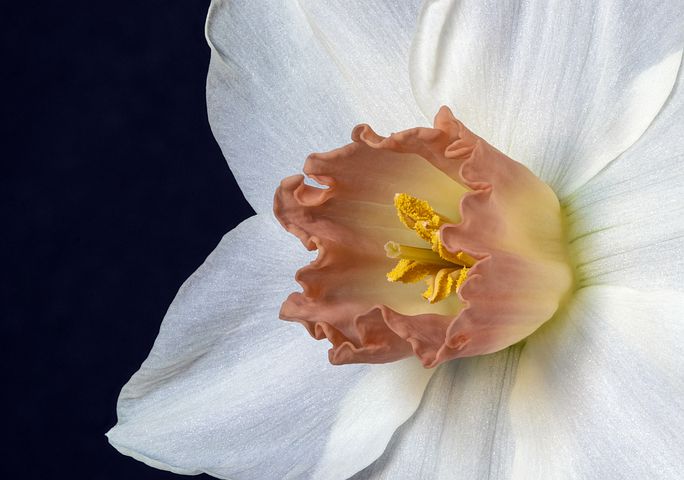
Daffodils aka Nacissus, Lent Lilly, Jonquil, Goose Leek, or Lentilly is one of the first flowers of spring to bloom but isn’t innocent. The daffodil bulb contains the toxic chemical lycorine, which is a phenanthridine alkaloid. All parts of the bulb are toxic to people and animals.
Magickally daffodils can be used in fertility spells, love, and luck. Used to keep negative energy at bay. Place daffodils in your home to increase fertility or wear them near the heart to bring good luck. Just don’t eat the bulbs…
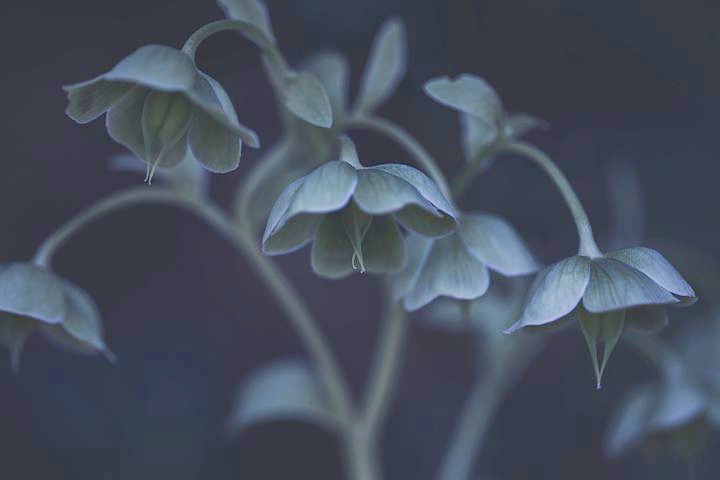
One of my favorites in my Hekate garden is Hellebore, also known as Winter Rose, Christmas Rose, Lenten Rose, or Oracle Flower. In German folklore, it is called “Nieswurz” meaning “sneezewort.” This is because the plant induces sneezing when ground into a fine powder. The irritation is caused by protoanermonine, which in days gone by was used to sneeze away evil spirits and diseases. All parts of this bewitching plant are toxic, and the poisonings that occurred from this plant are rooted in madness, murder, and witchcraft. Some sources indicate that hellebore was an ingredient in flying ointments, and is a plant ruled by Saturn, Mars, and the element of Water. Magickally it was used to banish and in exorcisms, as well as for protection. Another wickedly cool use was its ability to alter the nature of other plants, rendering their fruits unhealthy.
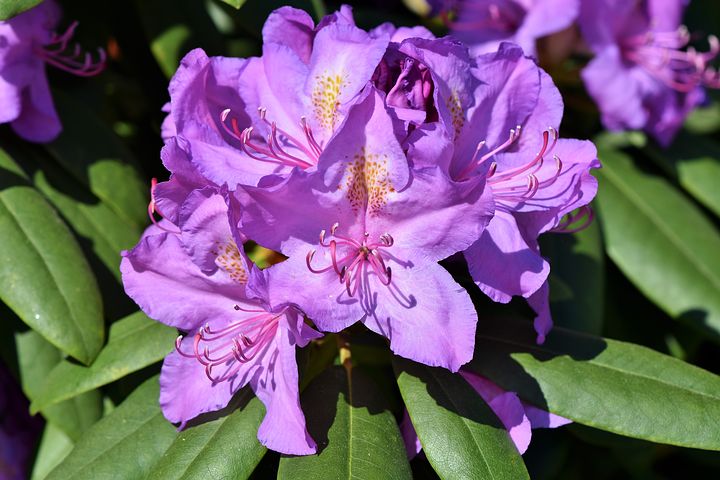
Enchanting Lilly of the Valley aka Jacob’s Ladder, Our Lady’s Tears, Ladder to Heaven, and May Lily, is such a small little flower but alas, quite the poisonous plant indeed. In fact, Lily of the Valley contains 38 different cardenolides (cardiac glycosides) which disrupt the heart’s activity. This wicked little beauty is classified as “numero uno” on the poison scale, which translates into this little flower can kill.
In my poisonous garden, this plant is deliberately placed in a circle around the white pines for protection from evil spirits and lower-level fae. The tiny white bells, emit a high-pitched chime sound when the fae begin their magickal May Day dance.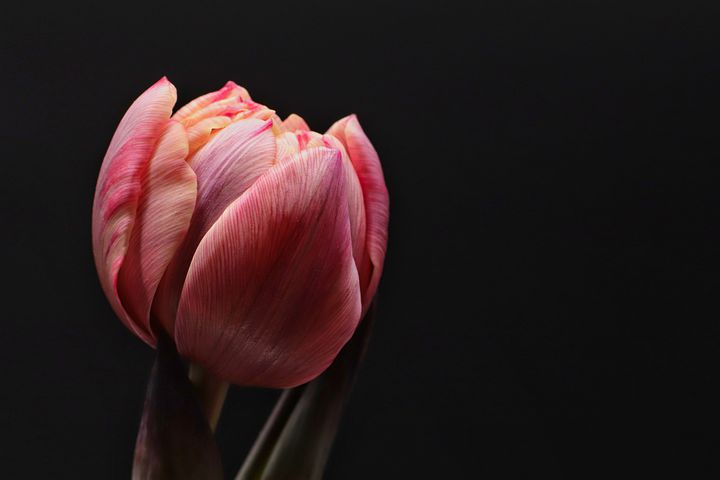
Tulips contain alkaloid and glycoside compounds that are toxic and concentrated in the bulbs. Consuming tulip bulbs can cause dizziness, nausea, abdominal pain, and on occasion convulsions and death.
I have black tulips in my garden named appropriately “Queen of the Night.” For I use them in full moon rituals, or workings related to power and ambition, as well as banishing spells. Use white tulips for forgiveness spells, and plant the yellow-red variety near your front door or in windowboxes to protect your abode from those who intend harm.
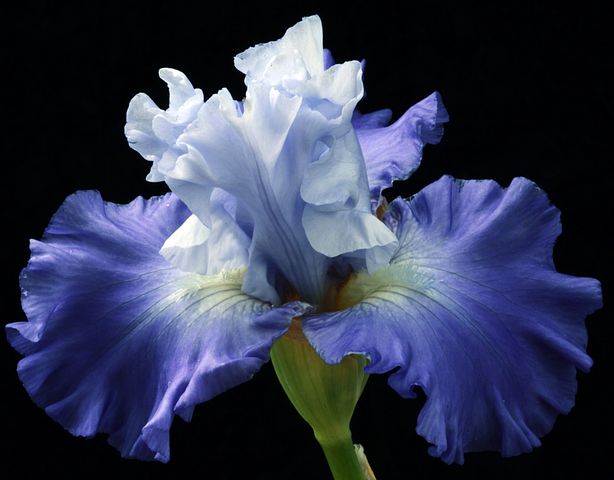
All parts of the lovely Iris are poisonous, especially the roots. Symptoms include a burning sensation of the mouth and throat, abdominal pain, and nausea.
The Iris magickally aids wisdom, courage, and faith. Use this flower to consecrate your wands, or to purify. Also used in rituals for baby blessings, or as an aid for a happy reincarnation.
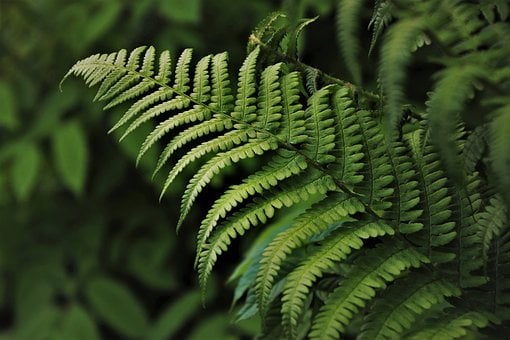
Ferns are some of the oldest plants in the world dating back over 260 million years, and interestingly some species can live up to a whopping one hundred years. As a spring poison ferns can release spores that cause poisoning through oral ingestion. The spores eliminate toxins that can range in symptoms
from nausea to cardiac problems.
Magickally these bewitching plants can be used for protection, luck, money, invisibility, and rainmaking.
Although this list is nowhere near complete, it shows one of the deadly poisons that reside in your garden… Enjoy your spring











